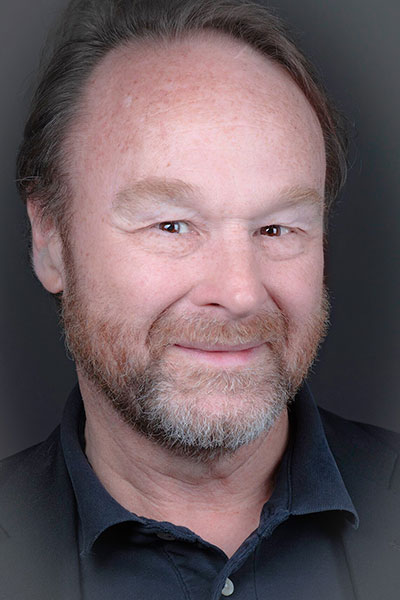We speak, but we also write poetry. We whistle, but symphonies resound. We can eat a protein bar or a seven course meal. Our needs do not limit our desire.
That is true of making things. The places of instinct, the nest, the burrow, the anthill, do everything needed, they solve the problem, but they only answer the questions that have been there, and will be applied no matter what changes.
Until a few hundred years ago, humans made through builders, who thought, then created things far beyond instinct and answered problems far beyond safety and function. These things are human things, intricate functions, cost, evolving technologies and, yes, delight.
(1600, Massachusetts)
Our hands define us, but our minds cannot be contained, more than make, we create. We add unnecessary complexities, criteria, even fully silly extrapolations. We make Beauty. We make delight. But we make it, it did not make itself.
We can see beyond now and what has been. The denial of Craft beyond necessary is a death sentence of unmet resolutions, hopes even needs. Humans can envision what has not been, what is unknown, even unknowable. We have the same basic parts as all living things, but we are different because we create beyond response.
We make things.
Defying gravity is temporary, defeating the environment is always an adaptation, but architecture efforts those simple goals and asks for more. We want what we do to extend who we want to be. That is the humanity of architecture.
That is craft. Not simply making things that stand up and protect, that are even elegantly simple or complex. Craft is the knowing application of technology, dexterity, and materials to make things that go beyond our needs and enter the world of our hopes.
There are different nutritions. Calories are needed and water and junk food can give us those. But we can also nourish and grow. We can feed desire, rather than have it indict our insufficiency. We can make things in ways that are not outcomes, but fully manifest our motivations, our values, even the unnecessary joys of creativity that make poems, symphonies and soufflés.
We can make architecture.
But to do that, we need to fully control how we want to make it, but how we make anything effects what we make. If we can devote to understanding process as well as product, I think we can make things that go beyond outcomes and fully reflect motivations.
Outcomes are inevitable. The anthill is an outcome. But motivations can live and grow and be manifest outside the hive. That is Craft. The knowing application of physical realities with evolutions of the way we know how to build we can change our methods by reveling in our motivations first, outcomes second.
The size does not matter. A doorknob or a skyscraper, everything built benefits when the designer knows the Craft of what is to be made. The technologies are fully interchangeable, but the passion, devotion and expertise of knowing how to make things is not faked or mimicked. And the only way to gain authority is to fail and admit ignorance. First school, then apprenticeship.
What we want in architecture may be a product, but the most effective, inspiring, delightfully products come from our humanity, not from the catalogue if outcomes that is offered to us. To do that, creation has to be based in craft, of any short.
Whether electrons, splinters, polymers, rocks, chemicals, – Anything – the actual tools of Craft are irrelevant to creativity. But knowing the realities of whatever tools are needed is absolutely central to making anything. Passion, devotion and work lead to skill, skill leans to more effort, more understanding and in the end, Beauty.
It is not “technology” or “building” it is adding the human element that makes Craft. The means and methods are crucial, but not their typologies. All Craft is Human. All Architecture is Human, too.

Duo Dickinson, FAIA
Graduating from Cornell in 1977, Duo Dickinson opened his architectural practice in 1987. His work has received more than 30 awards and he is a Fellow in the American Institute of Architects. Much of his work is dedicated to pro bono or at-cost work for not-for-profits, totaling over 75 projects for over 30 organizations over the last 30 years. His design work has been published in more than 70 publications, he is the architecture writer for Connecticut Hearst Media Corp. and a staff feature writer for The Common Edge Collaborative and Mockingbird Ministries. He is a contributor to Arch Daily and has written for Archinect and other publications. His blog, Saved By Design has received over 100,000 hits in the last few years. Dickinson has also written eight books, the latest of which, A Home Called New England was nominated for a 2018 CT Book Award. He hosts the radio series “Home Page” on WPKN Radio. Dickinson has taught at Yale College and Roger Williams University. He is now on the faculty of the Building Beauty program at the Sant’Anna Institute, Sorrento, Italy as well as co-chair of their American Advisor Board and is teaching at the University of Hartford.

Awesome blog content, Keep writing. Thank you!